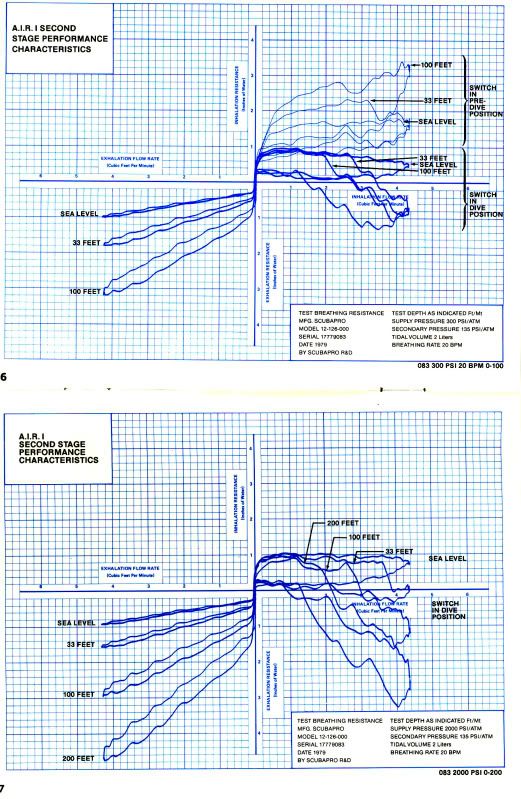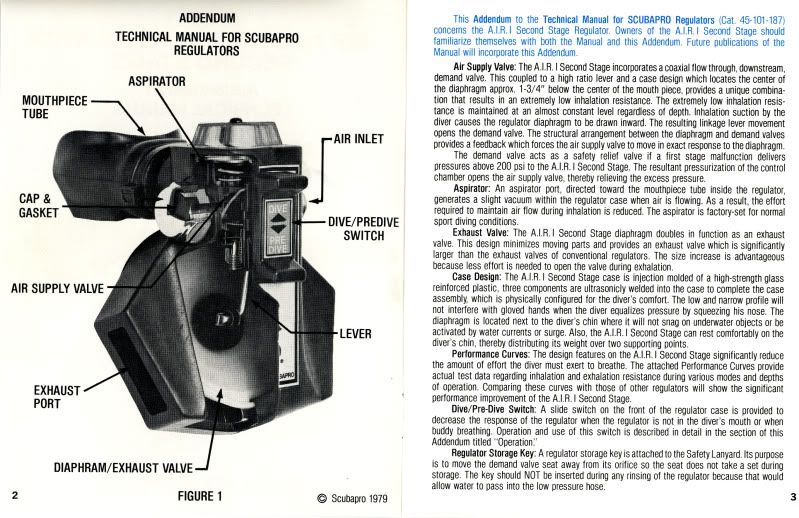Very well said John. I'll second that. I hate the little 19cuft I sling too often.
Why not mount it with a bracket?
Welcome to ScubaBoard, the world's largest scuba diving community. Registration is not required to read the forums, but we encourage you to join. Joining has its benefits and enables you to participate in the discussions.
Benefits of registering include
Very well said John. I'll second that. I hate the little 19cuft I sling too often.
Why not mount it with a bracket?
This is exactly why I dive a minimalist configuration.One of the other things about diving I have come to abhor is the lack of streamlining of today's divers. I am the former Fin Swimming Director for the Underwater Society of America, and hanging tanks haphazardly onto a diver's frame seems to go against why I dive, which is to freely swim in any direction more like a fish than walking like a normal person on land. I relish the time, for instance, when I swam fast in current and surprised a Chinook salmon, which normally stay out of visibility range in the Clackamas River. Or the time I came effortlessly up to a 7 foot sturgeon. Swimming in this manner underwater is very difficult in some of today's configurations.
Today's divers use ineffective kicks (the modified frog kick--I'm a former breaststroke swimmer who actually knows what a frog kick is about) to minimize causing silt-up situations, but doing so does not efficiently propel the diver. The frog kick is for very specialized diving in wrecks or caves where silt-up situations are a hazard. I'm also a "vintage diver" who usually is in the vintage equipment forum, but I'm tired of the emergency of technical diving techniques pulling us away from the weightless, effortless diving I have known most of my life.
SeaRat
This is exactly why I dive a minimalist configuration.
And by minimalist I don't mean a technical minimalist, I think they stole the term. There's nothing minimal about technical diving.
Minimalist means taking only the equipment you need for the dive, nothing unessesary. Just because a tech diver takes a bucketload of kit with does not mean its not minimalist. He NEEDS everything he takes with. Please use the term in context.
Minimalist diving means something different to a vintage diver than to a technical diver. Here is a list of minimal equipment for a scuba diver in warm water: mask, fins, snorkel, knife, tank, regulator, possibly a weight belt with a quick release. In cold water, then a wet suit with a weight belt is indicated to keep warm. The first photo below shows me in minimal gear, circa 1964. Later we added a vest for floatation on the surface in an emergency, and this became required gear. The photo of the Oregon Department of Fish and Wildlife biologist typifies this gear in about 1975. We did a lot of hard work underwater using just this gear. About six years ago, I had my photo taken at High Rocks on the Clackamas River, in vintage minimalist gear.Minimalist means taking only the equipment you need for the dive, nothing unessesary. Just because a tech diver takes a bucketload of kit with does not mean its not minimalist. He NEEDS everything he takes with. Please use the term in context.
Victorzamora, here is the quote in the op-ed:
I did use the word "redundant," but that was secondary. I dive in a river, in high current where regulator performance is crucial. The setup allows twice the air available at the second stage as other configurations. This is done with a regulator that I bought new in the 1980s. But the A.I.R. I would be hard to beat without this configuration by any of the newer regulators today. My point is that this is a redundant system, with the limitation of the O-ring/LP hose failure that has been pointed out. Yes, it is complex, and yes, probably unnecessary for most diving. My whole point was that it was a possibility that may not have been considered by any of you before, and it worked and worked well.
SeaRat




